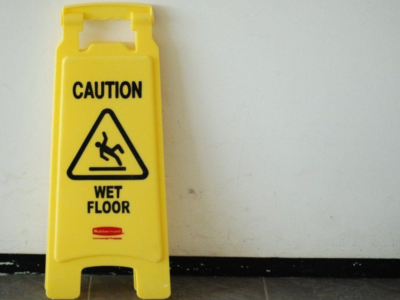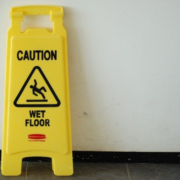The Americans with Disabilities Act (ADA) requires new construction projects to have handicap and wheelchair ramps to allow safe access into buildings and other places. The basic ADA guidelines for ramps include the handrail construction, landing size, and ramp length.
Here are five ADA requirements you must to know before starting any project.
- ADA Ramp Specifications
ADA defines a ramp as a sloping surface built with a slope of over 1:20. It is expected to conform to ADA ramp specifications including:
- A maximum slope of about 1:12
- Minimum width of 36 inches
- Ample bottom and top landings that are 60 inches long
- Ramps should have handrails on their sides if they are more than 6 inches high, stable and slip-resistant cross slopes
- ADA Ramp Handrails
A handicap ramp that is more than 6 inches high or at a horizontal projection of more than 72 inches should have handrails on each side. Nevertheless, handrails aren’t necessary for curb ramps. Also, the bar on your switch back should be continuous. If it extends more than 12 inches from the bottom and top segment, ensure that it is parallel with the ground surface.
Provide a space of over 1.5 inches between the wall and your handrail. A handrail in a recess should be 3 inches deep and 18 inches beyond the rail’s top. Remove any interruption and obstructions on the handrail’s surface.
- Ramp Slope
ADA requirements allow a maximum slope of 1:12. However, it recommends a slope of up to 1:20. Some people can’t move comfortably on slopes of 1:12, therefore it’s necessary for particular public buildings to have a low slope. The material and slope of a ramp determine whether it’s essential to add an anti-slip texture. Ramps are required to have a running slope of less than 1:12 and a cross slope of less than 1:48. Such slope proportions are suitable for most people.
- Landings
A building’s door maneuvering clearance can overlap its ramp landing. Also, it’s vital to design landings such that they prevent water from accumulating.
Features of a standard landing include:
- It should be level
- It should be at least 60 inches long
- At least 60*60 inches if there is a different ramp direction
- Adequate width
- Edge Protection
Edge protection is necessary on the sides of landings and ramp runs. You can achieve it by creating a surface that is 12 inches beyond the internal handrail face. Such features prevent wheelchairs from slipping off a landing.
Are you planning an undertaking but are unsure of entire ADA requirements? Call ADA Solutions to speak with experts with experience designing quality products aimed at improving public access and mobility to all people.












Comments